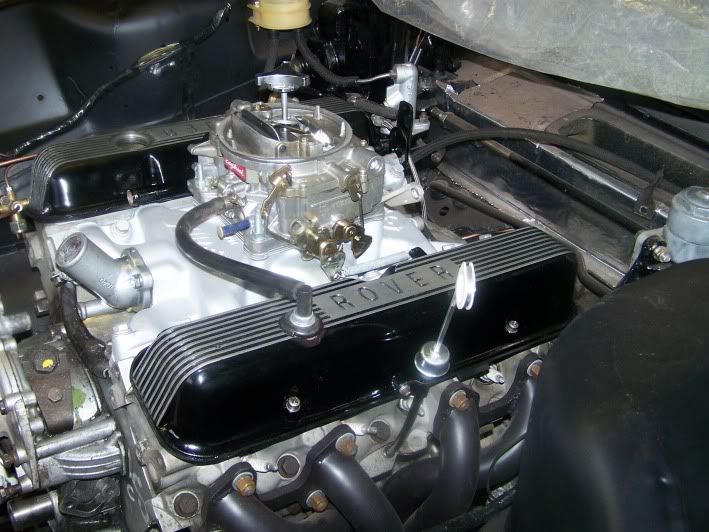ButterFingers
Active Member
Hi there,
I have read in this forum that the V8 engine is a dirty engine and it has intrigued me as to what is a dirty engine when this term is referred to? obviously if a 40 + engine has never been rebuilt it is going to have a bit of sludge in the sump and elsewhere in nooks and crannies.
In my modern every day car I always pour in a can of "engine clean", before taking it in for service, which is a 30 min drive to town. So it always has the oil and sludge removed at every oil change.
Would this be a good idea to start doing to my V8 engine?
I had thought of removing the sump prior to starting this new service regime?
Peter
I have read in this forum that the V8 engine is a dirty engine and it has intrigued me as to what is a dirty engine when this term is referred to? obviously if a 40 + engine has never been rebuilt it is going to have a bit of sludge in the sump and elsewhere in nooks and crannies.
In my modern every day car I always pour in a can of "engine clean", before taking it in for service, which is a 30 min drive to town. So it always has the oil and sludge removed at every oil change.
Would this be a good idea to start doing to my V8 engine?
I had thought of removing the sump prior to starting this new service regime?
Peter


